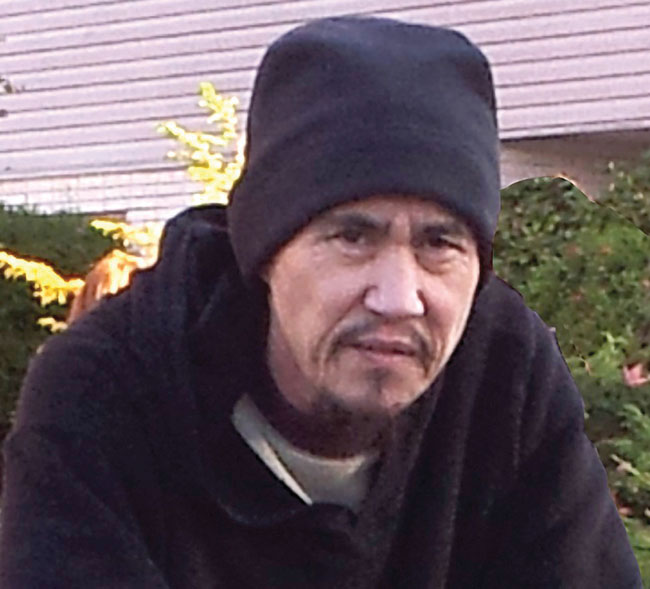
What went Hong: Data drives safety
By James Hong
Features Government and regulatory data equipment rental safetyErgonomics can be improved with wearable devices.

In April of 2021, I wrote about new technology on the horizon for keeping workers safe beyond the current regulated practices of personal protective equipment. It was a problematic research project because most of the companies were startups and either lost funding or closed shop due to the high cost of development and/or the lack of clients. New technology is expensive to develop and first-adopters always pay the price. I’m happy to report progress on the future of the safety tech frontier.
The company Soter Analytics, founded in 2015, has developed a system that includes a “wearable device which coaches workers to self-correct their movements in real-time to avoid ergonomic injuries.” The approach is a preventive proactive solution to reduce injury risk by automating ergonomic musculoskeletal safety using hazardous movement data. The system couples safety elements powered with AI-driven training programs in an easy-to-use plug-and-play setup to improve material handling techniques. In addition, by providing managers with a comprehensive ergonomic overview of their worksites, appropriate resources can be assigned to further reduce risks. The system works by capturing video of workers to assess tasks on the go and providing feedback and corrective actions when necessary. The company provides thorough training for every aspect of the technology to workers and management for using preventive measures, understanding and implementing the data collected.
Common construction worker training covers the very basics of lifting and handling materials. Even with that, correct posture and movement are not generally emphasized as preventive measures for injury. At most there may be a diagram to illustrate the right and wrong way to perform these tasks, however there is rarely, if ever, a real-life demonstration explaining the possible injuries caused by unsafe musculoskeletal movements or the possible effects. Construction workers spend their day largely performing repetitive motions: bending, kneeling, twisting, lifting and tool operation both manual and power. Over time, this repetitive action behaviour can cause work-related musculoskeletal disorders which have the potential for serious career-affecting ramifications, such as low performance and long-term disabilities
The company’s client base includes over 100 companies in logistics, manufacturing, retail, and pharmaceutical industries. Soter’s solution targets manual handling workers in construction, warehousing, manufacturing and healthcare to prevent back and shoulder injuries. By implementing wearable devices, mobile apps and AI technology, they bring postural awareness and correction to workers. Something called SoterCoach provides corrective measures from a mobile app to reduce risk in the workplace. Another element, SoterTask, uses video to analyse and measure risks associated with a given task.
The Soter system provides safe material lifting techniques; training programs which include personalized guides; audible biofeedback through an earpiece; vibro tactile feedback through vibration touch; and visual data in real time to correct movements while worker’s work. The data suggests a 30- to 70-percent reduction in worker hazardous movements and a 65-percent more effective solution than in-class training or on-site ergonomics with training from an expert.
It’s easy to ignore proper manual labour techniques when one has a strong body unaffected by years of hard labour. More often than not we wait until it hurts before paying any attention to the possible causes. Let’s not wait until it hurts. Let’s use everything we have to stay safe and healthy. Many companies can’t afford high tech solutions but that doesn’t stop us from training our workers and keeping a watchful eye on possible problematic workplace activities.
You can find extensive information about WMSDs at the Canadian Centre for Occupational Health and Safety which explains the where, what, when and why of it and suggested treatments.
Be safe. Be well.
James Hong is an OHS consultant, writer & journalist
Print this page
Leave a Reply